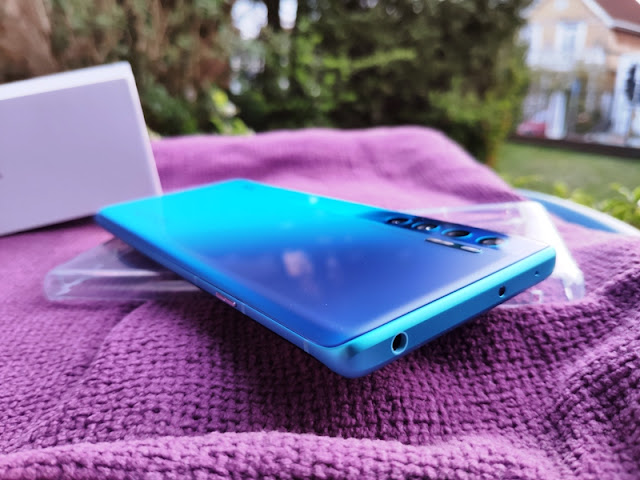








illustration style guide

magic 2 LAN adapter measures 13cm high and 6.6cm wide


magic 2 wifi adapter measures 15.2cm high, 7.6cm wide
All three devolo adapters also feature pass-through plug socket so you don't lose plug sockets when connecting the devolo adapters. The devolo Magic LAN adapter has a small led activity indicator on the front and a push button on the side to aid configuration.

console to your Internet router over the Powerline network so you can benefit from the full 2400 Megabit per second (2.4 Gigabits per second) connectivity speeds which is faster than the Gigagate High Speed Wifi Bridge.





















0 comments